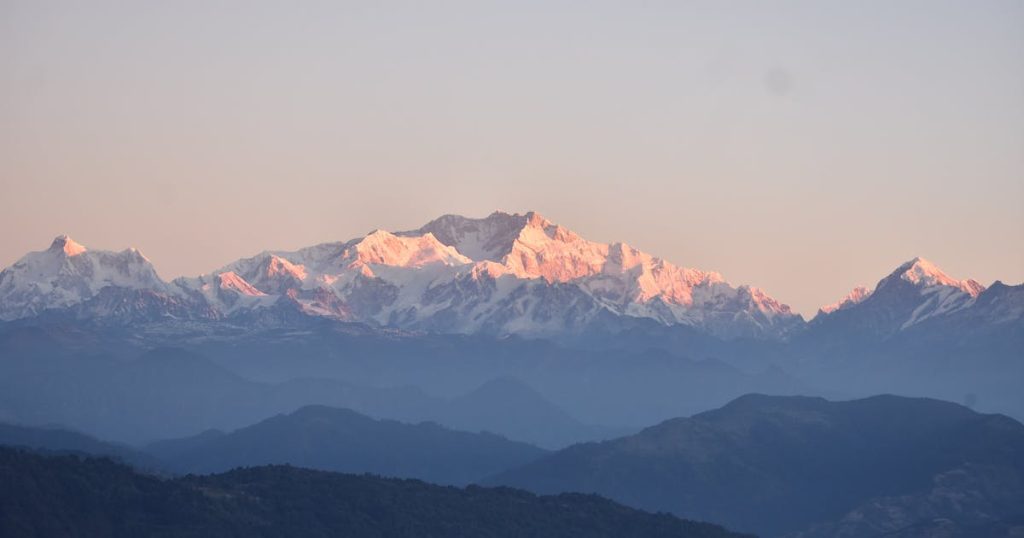New conservation effort seeks $1 billion for Eastern Himalayas
3 min read
In the Eastern Himalayas, glaciers from the world’s tallest mountains feed the mighty Ganges and Brahmaputra rivers, which, in turn, empty into a vast delta that stretches to the world’s largest mangrove forest.
This interconnected ecosystem of lands and waters feeds 1 billion people, sequesters massive amounts of planet-warming carbon and provides habitats for roughly 12 percent of the world’s biodiversity. And it is under threat. The region is warming more rapidly than most and has lost more than 10 percent of its forest cover in the last two decades. Just last year, extreme weather displaced more than 1.5 million people.
On Tuesday at the United Nations General Assembly, Conservation International, the Balipara Foundation and local partners unveiled the Great People’s Forest — one of the largest conservation efforts in South Asia. The initiative aims to raise US$1 billion to accelerate — and scale up — local conservation work, providing resources to plant 1 billion trees, and protect and restore 1 million hectares (2.5 million acres) by the end of the decade.
“This may be the most important region the world has never heard of,” said Jason Knauf, Conservation International’s global leadership fellow. “It receives a fraction of the global attention and investment of other critical ecosystems like the Amazon or the Congo Basin — despite being one of the most threatened. Through our partnerships, we’re looking to supercharge work that’s already underway and put this region on the global conservation agenda.”
The goal is not to reinvent the wheel, Knauf added. An established network of local organizations is already implementing effective solutions to climate change, such as practicing regenerative agroforestry and community-led conservation. Yet, despite sharing a common goal to protect nature, local groups often inadvertently compete for the same limited resources to execute their projects.
In a region where 80 percent of the economy depends on nature, joining forces to increase conservation is imperative, Knauf said.
“The Eastern Himalayas is one of the most climate-vulnerable places on Earth, the people here have innovated out of urgent necessity,” he added. “They know what works. Now we need to scale up.”
For example, on Sikom Island in northeastern India, rising rivers are eroding the soil and deforestation is increasing conflict between elephants and farmers. In response, the Balipara Foundation has helped villagers plant lemon trees and chili plants whose thorns and scent repel elephants and keep them from trampling villagers’ crops. The plants also provide additional goods to sell at markets — boosting some farmers’ incomes by 40 percent.
Roughly 480 kilometers (300 miles) to the south, in the mountains of Nagaland, Indigenous communities have conserved more than 1,700 square kilometers (656 square miles) of forest — an area more than twice the size of New York City.
And, in the Sundarbans mangrove forest on the Bay of Bengal, where cyclones regularly destroy homes and higher salinity is killing crops, communities are restoring mangroves as storm shields.
With support from The Great People’s Forest, projects like these — from preventing erosion in the mountains to restoring mangroves for flood protection — can grow across the region. Critically, the efforts are as much about protecting livelihoods as they are about protecting nature, said Bethany Haines, who leads Conservation International’s strategy and impact efforts.
“The success of these projects is rooted in people,” she said. “Collectively, the potential is enormous.”
Mary Kate McCoy is a staff writer at Conservation International. Want to read more stories like this? Sign up for email updates. Also, please consider supporting our critical work.





